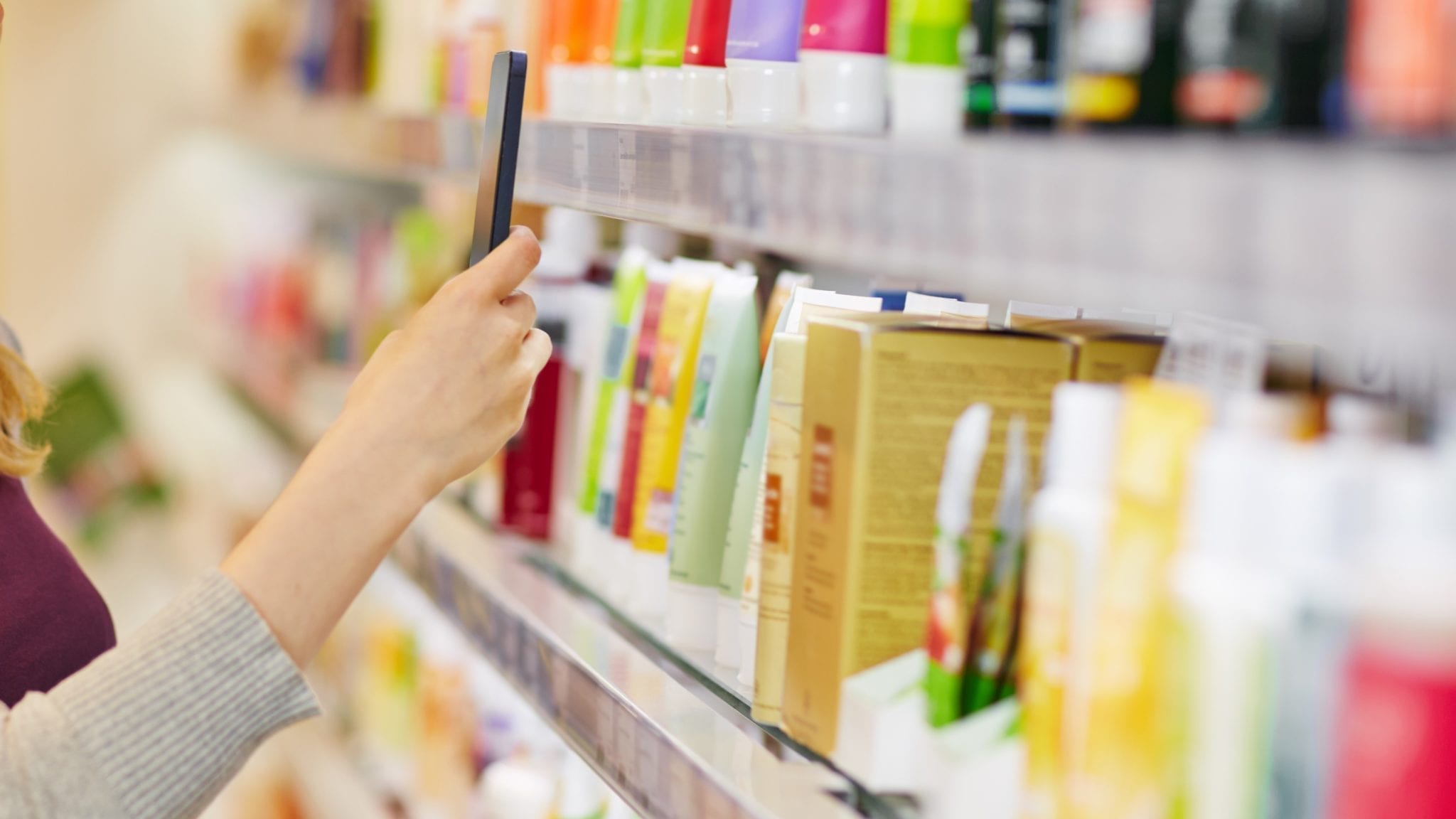Today, retail stores that do not use the new technologies and the data that they provide expose themselves to a serious risk—that of being overtaken by the competition. In-store analytics enables managers to see what customers actually do in the shop and above all what leads them to a purchase.
In-store analytics: The principles
Genesis of the concept
Shops have conducted field surveys for many years. This makes it possible to know more about consumer behaviour and the features that encourage shoppers to make purchases. It can be considered that these surveys were an early form of in-store analytics. However, many chains of stores realised that the surveys were inadequate, in particular because samples were not always representative and replies were approximate.
Measurement of store traffic
Shops very soon began to measure many other features such as traffic in the store. When the manager knows the time at which there is an influx of shoppers, intelligent decisions can be taken as regards the level of human resources and call on more or less personnel according to in-store traffic. This makes it possible on the one hand to reduce costs and, above all, provides an appropriate service level in relation to demand.
Indeed, when a customer has spent a pleasant moment in a shop (information, waiting period, etc.), the probability of purchase is increased both on an immediate basis and in the future. In parallel, it is also primordial to monitor the conversion rate in the store as moments when store traffic is heavy do not necessarily correspond to the moments of highest conversion rates.
Web analytics and in-store analytics
It is noticed increasingly that stores have on-line versions. It is easy to measure behaviour and sales volumes in an e-commerce shop. But whether it is simply a showcase site or an advertising campaign, it is still very difficult to measure the resulting sales (as for a TV or radio commercial). The new challenge in the retail sector is linking online and offline. There are two main reasons:
- Demonstrating the real importance of the web for sales in stores (and hence release larger budgets for online campaigns). This is fully feasible: on the one hand, customers can often scan a fidelity card in the shop, and on the other it is often necessary to identify oneself on a web site. As soon as the same login name is used for both (online login and offline scan), the information can be matched to know if an online visitor has made a purchase in the store.
- Move shop behaviour towards online. This seems more difficult, but knowing more about store purchase habits would make it possible to personalise a website entirely.
Today, large wholesale chains almost always have an e-commerce site for online shopping and collecting purchases at the store. The disadvantage is that a fair amount of online time is required (at least for the first basket). What if the store were to offer a basic basket or products personalised in the light of your buying habits in supermarkets?
In-store analytics: Beacons
Many brick and mortar stores offer free wifi. When wifi is activated on a phone, every few seconds it searches to see if a new network is available. This means that the phone will share its unique ID number (MAC address) with all the devices available. So when a shopper moves around in the store, each wifi aerial operates as a marker that can locate him even if he never makes a connection to the network in question. This is also called the ‘beacon’ system.
Even if a smartphone does not divulge any personal information about its owner, it makes it possible to have an overall view of what customers do when they move about in the store. How long do they spend in a department? How many customers are there on each floor? How long is it before they come back to the store?
As has been mentioned, no personal information is involved so far because a MAC address cannot be linked to a particular customer. The shopper is often asked to register when he connects to the wifi system. The ID number of the smartphone can therefore be linked to the information collected during registration process, that is to say name, e-mail address and telephone number. Other stores also offer a dedicated mobile app via which customers can receive coupons and special offers in real time.
In-store analytics and personal data
Even if it is only a question of an ID, the installation of monitoring of this kind may seem to be intrusive. Care should be taken as regards in-store analytics methods as they could have a counter-productive effect if the user feels that he is being spied on.
Recently, GDPR (the General Data Protection Regulation) has been at the centre of all discussions and it is important to obtain information from experts on the type of data that can be collected within the framework of in-store analytics.
Finally, it is important that data collection should benefit both parties. When a shopper agrees to provide a store with information about himself/herself, a return is necessarily expected. Therefore they should in exchange benefit from a regular customer fidelity system, special offers, vouchers or events.
If you consider that the behaviour of your users can help you to improve their shopping pattern, see our web analytics solutions.


